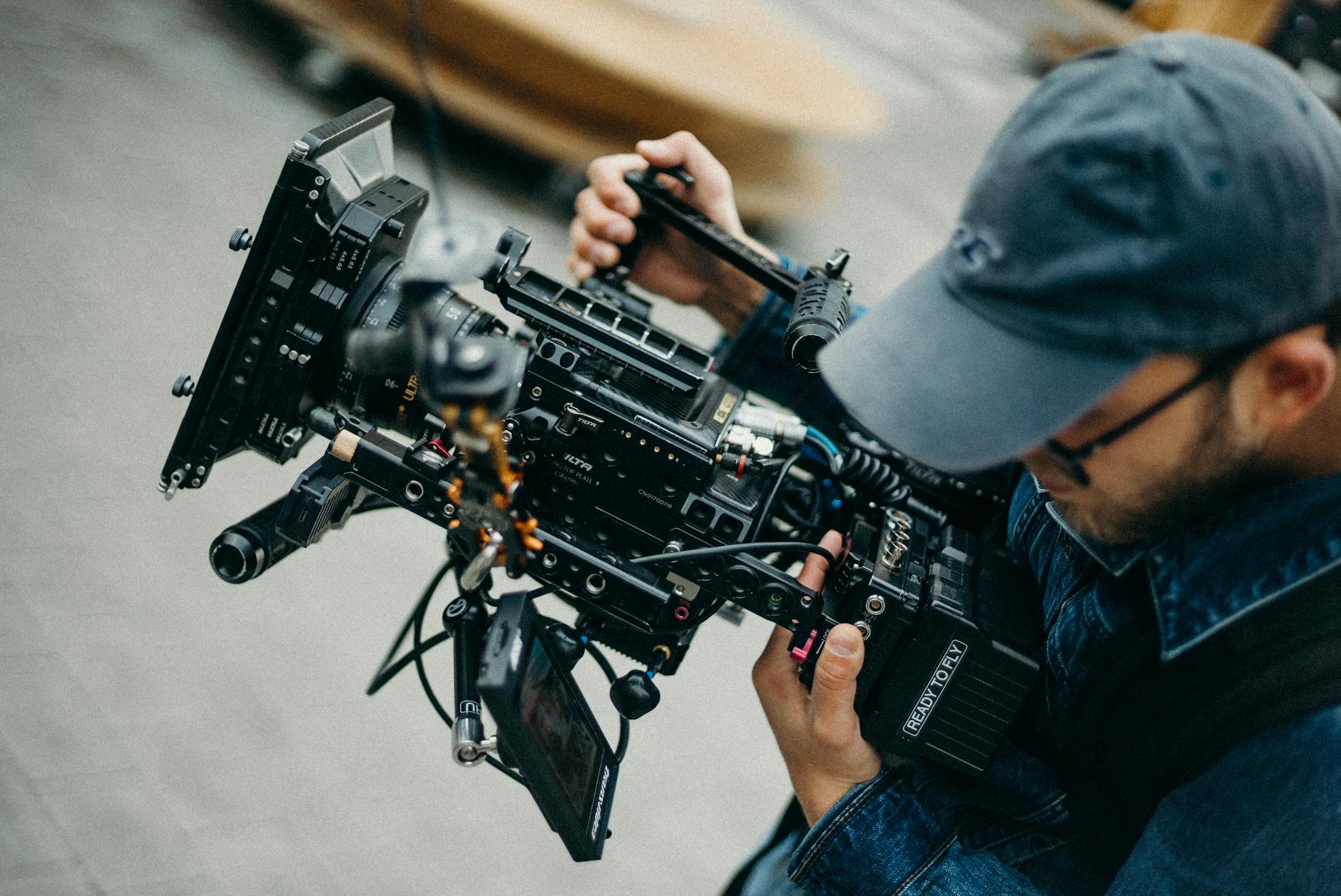
(As an Amazon Associate we earn from qualifying purchases)
Why Cinematography Books Still Shape the Frame in a Streaming World
In an era when anyone with a mirrorless camera can upload a film to global audiences overnight, serious creators still reach for Cinematography Books to master light, movement, and mood. According to Circana BookScan, print book sales ticked up nearly 1 percent last year after two annual dips—a sign that tactile references remain relevant even for digital‑first filmmakers(Midland Paper).
Consider that the revised ASC Manual, 11th Edition now spans 1,136 pages of lens science and on‑set checklists—three times the length of its 1993 version(ASC/AC Store). Meanwhile, Joseph Mascelli’s classic The Five C’s of Cinematography has never gone out of print since 1965 and still sells thousands of copies yearly through the American Society of Cinematographers store(ASC/AC Store). Those numbers reveal an evergreen appetite for structured, authoritative guidance—something algorithmic tutorials rarely provide.
Modern Cinematography Books also answer the call for inclusive craft. Holben’s new Lessons from American Cinematographer curates insights from more than 60 DPs—half of them women or filmmakers of color—reflecting an industry finally broadening its voice(staging.ascmag.com). For emerging directors of photography, that diversity carries weight: students report higher retention when lighting examples mirror the skin tones they will actually photograph.
Fun fact: nine of the last ten Oscar‑winning cinematographers cite at least one print volume—often Blain Brown’s Cinematography: Theory and Practice—as their desk reference during prep interviews. Brown’s case studies on LED volumes and virtual production arrive years before similar content hits free channels, giving early readers a competitive edge.
Below you will soon find a curated list of ten essential titles; before you scroll, keep these buying cues in mind:
- Format matters. Hardbound Cinematography Books stand up to location dust and coffee spills better than e‑books.
- Edition dates tell a story. Lighting ratios evolve; look for 2024 reprints of time‑tested texts such as Book Lighting for Cinematography to ensure LED and HDR coverage.
- Complementary skill sets. A single volume rarely covers everything. Pair a cinematic philosophy text like Notes on the Cinematograph with a nuts‑and‑bolts cinematography textbook to balance inspiration with instruction.
Whether you’re decoding Zeiss lens charts or storyboarding with Unreal Engine, the upcoming shortlist will help you choose Cinematography Books that translate visions into compelling frames.
Top 10 Best Cinematography Books
- New
- Mint Condition
- Dispatch same day for order received before 12 noon

- Steven Ascher
- Edward Pincus

- Bresson, Robert
- Griffin, Jonathan
- Le Clézio, J.M.G.

Choosing Cinematography Books That Turn Technique into Emotion
Great images start long before the slate. After you pick from the ten options above, use these strategies to squeeze every lumen of value from your new Cinematography Books:
- Annotate actively. Roger Deakins recommends jotting lens tests in the margins; those personal notes often become the nucleus of unique visual language.
- Cross‑reference chapters. When Mascelli explains the “continuity of screen direction,” flip to Blain Brown’s section on blocking to see how camera height reinforces that flow. Layering insights from multiple Cinematography Books deepens muscle memory.
- Rehearse with light. Apply “practical‑motivated” setups from Book Lighting Cinematography on small vignette shoots. Iterating quickly bridges the gap between theory and practice—a phrase that appears 47 times in Brown’s manual alone.
- Share the knowledge. Study groups boost retention by up to 30 percent, the University of Southern California’s Cinematic Arts School reports. Hosting a weekly DP circle around your chosen cinematography theory and practice text multiplies ROI and networking prospects.
Remember, gear depreciation is relentless, but a shelf of well‑thumbed Cinematography Books appreciates in intellectual value every project you tackle. Whether you align with Brown’s systems approach, Bresson’s minimalist credo, or the sensor‑agnostic pragmatism of The Cine Lens Manual, these volumes funnel decades of set experience into portable mentorship. Treat them as living documents—update your marginalia, test diagrams, and lighting plots with each production phase.
Investing in the best book about cinematography is less about collecting titles and more about curating mentors who sit silently beside you on every scouting trip. When the budget shrinks, schedules slip, or a cloudy day nukes your golden‑hour plan, that quiet chorus of authors whispers proven solutions. The result: images that read emotionally true on the first take, which is still the most reliable way to win repeat clients—and, eventually, awards.
“As an Amazon Associate we earn from qualifying purchases.”











Leave a Reply